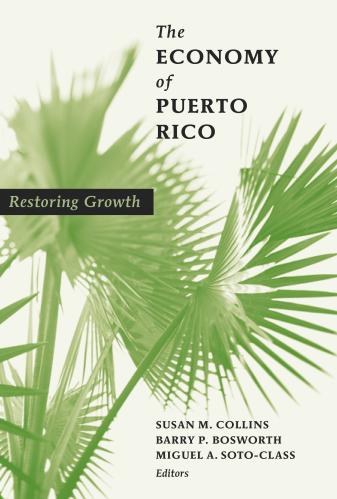Studies in this week’s Hutchins Roundup find that the Trump administration’s tariffs had a net negative effect on the U.S. economy, investors don’t sacrifice returns for environmentally friendly projects, and more.
Want to receive the Hutchins Roundup as an email? Sign up here to get it in your inbox every Thursday.
US consumers have borne the full cost of Trump administration tariffs
Over the course of 2018, the Trump administration levied tariffs on more than $280 billion of U.S. imports from China, Canada, Mexico, and the European Union. Who pays for the tariffs? Exporting countries like China, or U.S. businesses and consumers? Mary Amiti of the New York Federal Reserve Bank, Stephen Redding of Princeton University and David Weinstein of Columbia University find that foreign exporters have passed the full cost of the tariffs on to U.S. consumers and businesses by raising prices. They show that by the end of 2018, U.S. consumers and businesses were paying $3 billion each month in tariff costs and losing an additional $1.4 billion per month in deadweight loss. Their findings indicate that the tariffs have had a net negative effect on U.S. consumers and businesses so far.
Reducing school funding gaps boosts economic opportunity
Because U.S. public schools have historically been funded by local tax revenues, poorer neighborhoods often have lower-quality schools. This may reduce economic mobility for children from poorer neighborhoods. Using variation from school financing reforms in 20 states between 1986 and 2004, Barbara Biasi of Yale University finds that reducing discrepancies in revenues across public school districts increases the likelihood that children from poorer neighborhoods will move up in the income distribution. The author estimates that the average increase in school funding equality from the reforms would close 10 percent of the economic mobility gap between the lowest-opportunity and highest-opportunity neighborhoods.
Investors don’t pay more for environmentally responsible assets
Are investors willing to receive lower returns to invest in environmentally responsible assets? David F. Larcker and Edward M. Watts of Stanford University find that prices of municipal green bonds—securities that finance environmentally sustainable projects for state and local governments—are no different than prices of non-green but otherwise identical bonds. They conclude that investors are unwilling to forego returns in order to finance environmentally friendly projects. In addition, they find that municipal issuers pay about 10 percent more in fees to issue a green bond relative to a non-green bond, suggesting that green bonds are a worse deal for municipalities.
Chart of the week: Eurozone core inflation is persistently below ECB’s ‘just below 2 percent” target

Quote of the week:
“Inflation is running around our preferred 2 percent target. For several years, it was persistently low, finally moving up to our goal last year. I see inflation running slightly higher than 2 percent for this year and next. As Fed watchers well know, when we say our goal is 2 percent inflation, we don’t mean the sweet spot is exactly 2 percent all the time; it’s our medium-term average. While I would be concerned if it rose significantly above that marker, running slightly above, as I predict we will this year and next, is not something that provokes concern, particularly after a sustained period of underperformance. […] What I’m watching most closely is inflation’s trajectory: what direction it’s headed and how fast. Right now, we’re not seeing significant upward pressure, and it’s not on an accelerated path; if anything, it’s edging slightly downward,” says Patrick Harker, president of the Federal Reserve Bank of Philadelphia.









Commentary
Hutchins Roundup: Tariff costs, green investing, and more
March 7, 2019